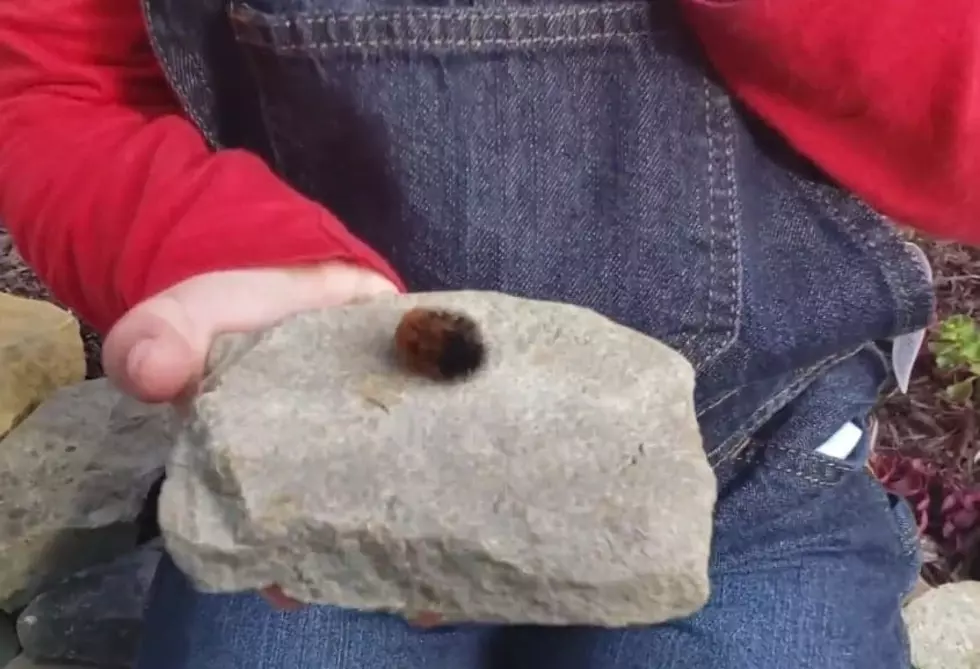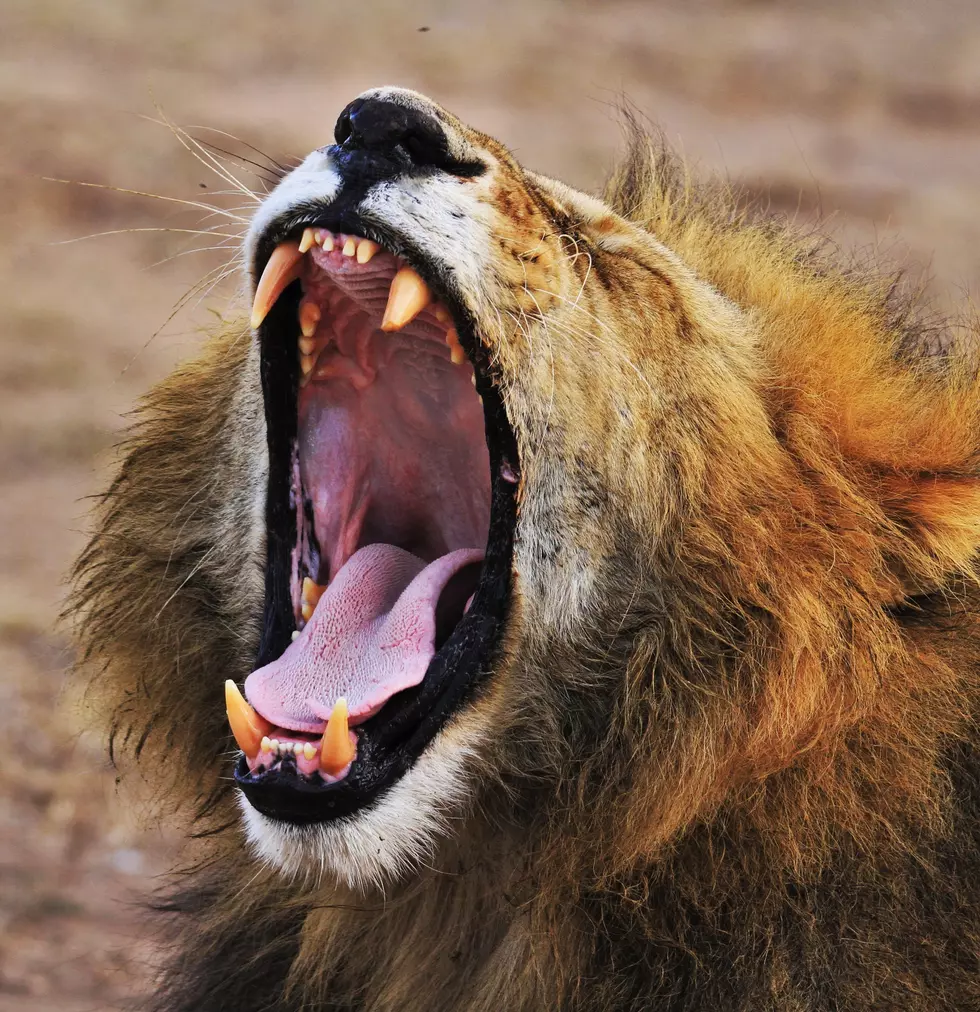
Can the Woolly Bear Caterpillar Really Predict the Winter Forecast?
I've lived all over the country and have experienced a vast range of local folklore, but none has been as interesting to me as the folklore that surrounds the woolly bear caterpillar.
Central Pennsylvania is home to an impressive number of Amish, Mennonite, and people with strong Pennsylvania Dutch history, such as my husband, and I think that's probably why this particular folklore continues to live on even in this day and age. People grew up being told stories of the wooly bear caterpillar by their grandparents and now they continue the tradition by sharing those stories with their own grandkids.
While most people look to local meteorologists or even the Farmer's Almanac for insight as to what to expect in the coming winter months, most of my friends in Central Pennsylvania look to the woolly bear caterpillar (which can be found all over, not just in PA).
If you've got no clue what in the world a woolly bear caterpillar forecast is, this is what the National Weather Service has to say,
According to folklore, the amount of black on the woolly bear in autumn varies proportionately with the severity of the coming winter in the locality where the caterpillar is found. The longer the woolly bear's black bands, the longer, colder, snowier, and more severe the winter will be. Similarly, the wider the middle brown band is associated with a milder upcoming winter. The position of the longest dark bands supposedly indicates which part of winter will be coldest or hardest. If the head end of the caterpillar is dark, the beginning of winter will be severe. If the tail end is dark, the end of winter will be cold. In addition, the woolly bear caterpillar has 13 segments to its body, which traditional forecasters say correspond to the 13 weeks of winter.”
If you've got kids, I think this would be a really fun and relatively easy thing to do with them: over the course of a week or so, have your kids keep an eye out for woolly bear caterpillars and when they spot one, take a photo. Upload the photos into a Word document with a note under each photo outlining what type of winter that caterpillar predicts (using the method explained above by the National Weather Service) and then go back in the spring and see how many caterpillars gave the right weather prediction.
[via National Weather Service]
More From 98.1 The Hawk









